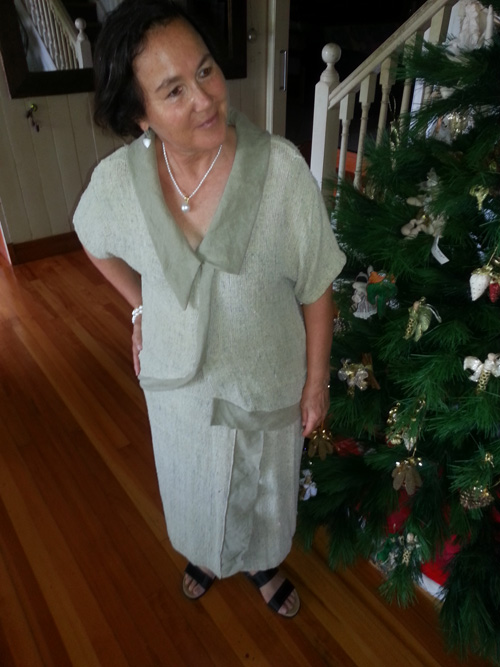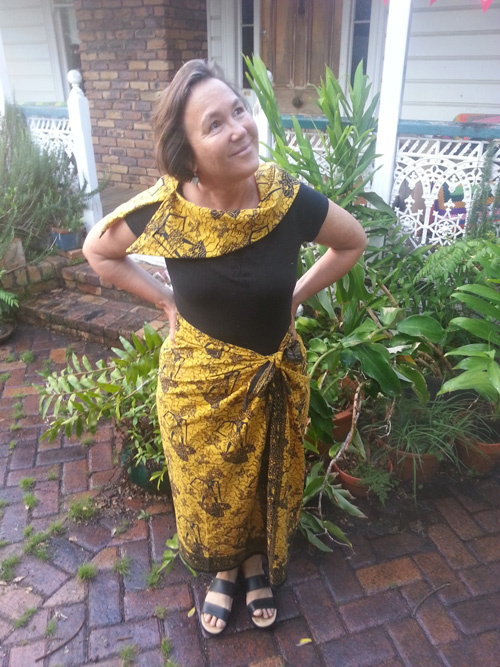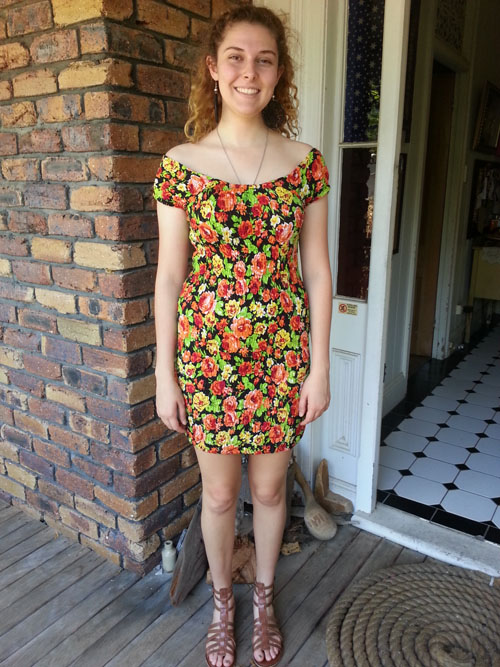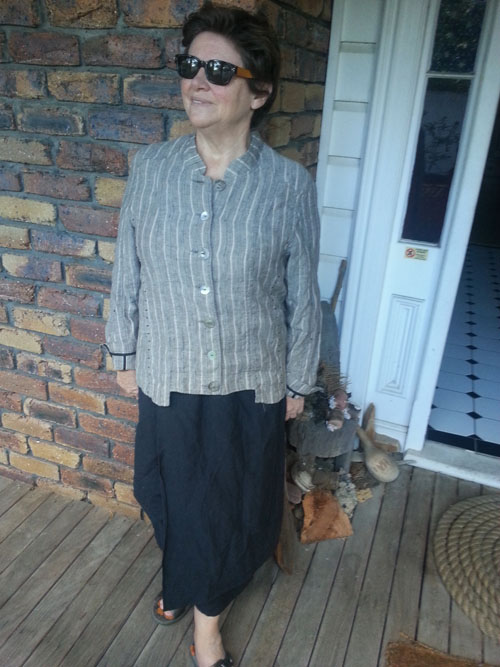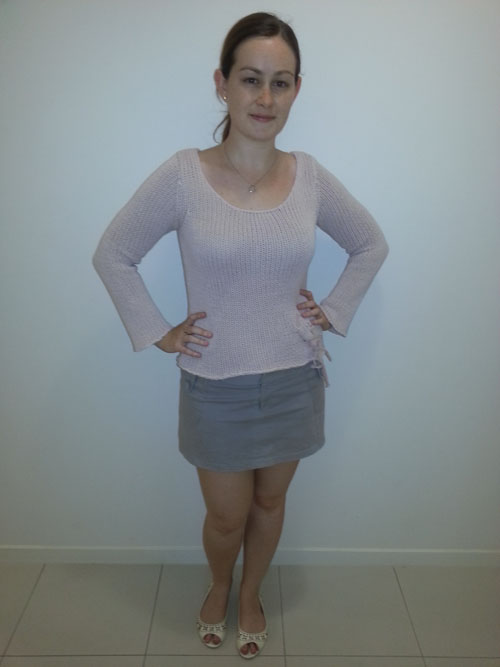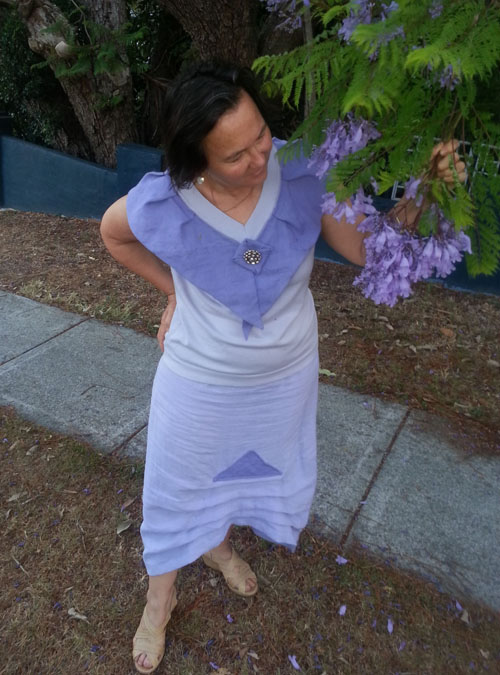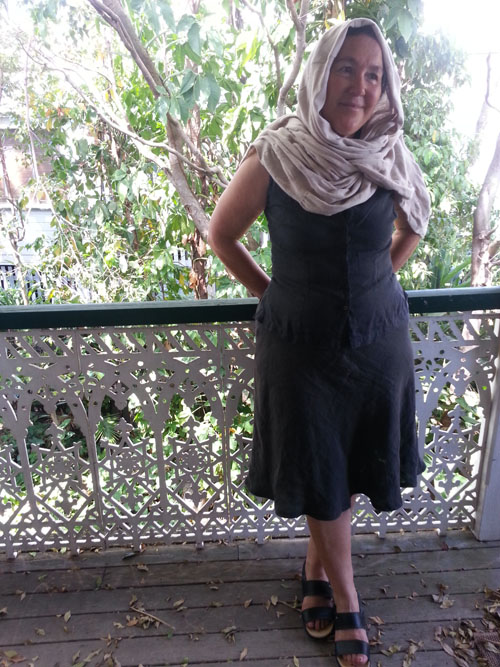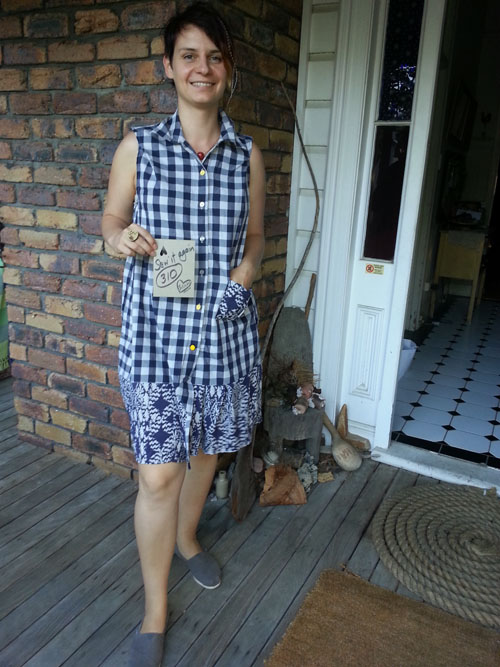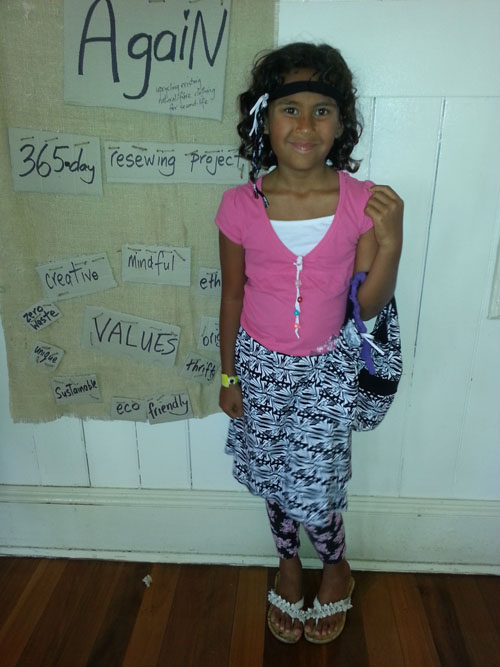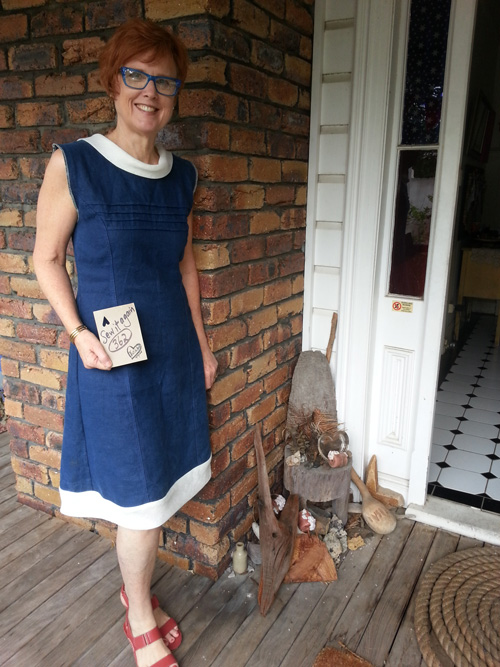 Exciting to collaborate with Julie Hillier from Ministry of Handmade, when she popped over to the Textile Beat studio today as part of the final countdown of the 2014 Sew it Again project.
Exciting to collaborate with Julie Hillier from Ministry of Handmade, when she popped over to the Textile Beat studio today as part of the final countdown of the 2014 Sew it Again project.
Julie has been developing Ministry of Handmade over the past three years to teach handmade skills with a contemporary twist. From her studio on Brisbane’s northside, Julie encourages people to slow down and take time to embrace the joy that comes from making something by hand. It was fascinating to talk with Julie about her workshops (which include lampshades, ottomans, cushions and picnic frocks) and how she engages people in the process of making, not just the end results. Sew wonderful to spend time with someone who has shared values, and who also believes home-sewing as a life skill just like home-cooking! Continue reading
